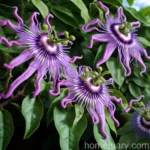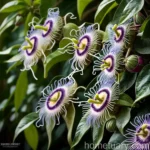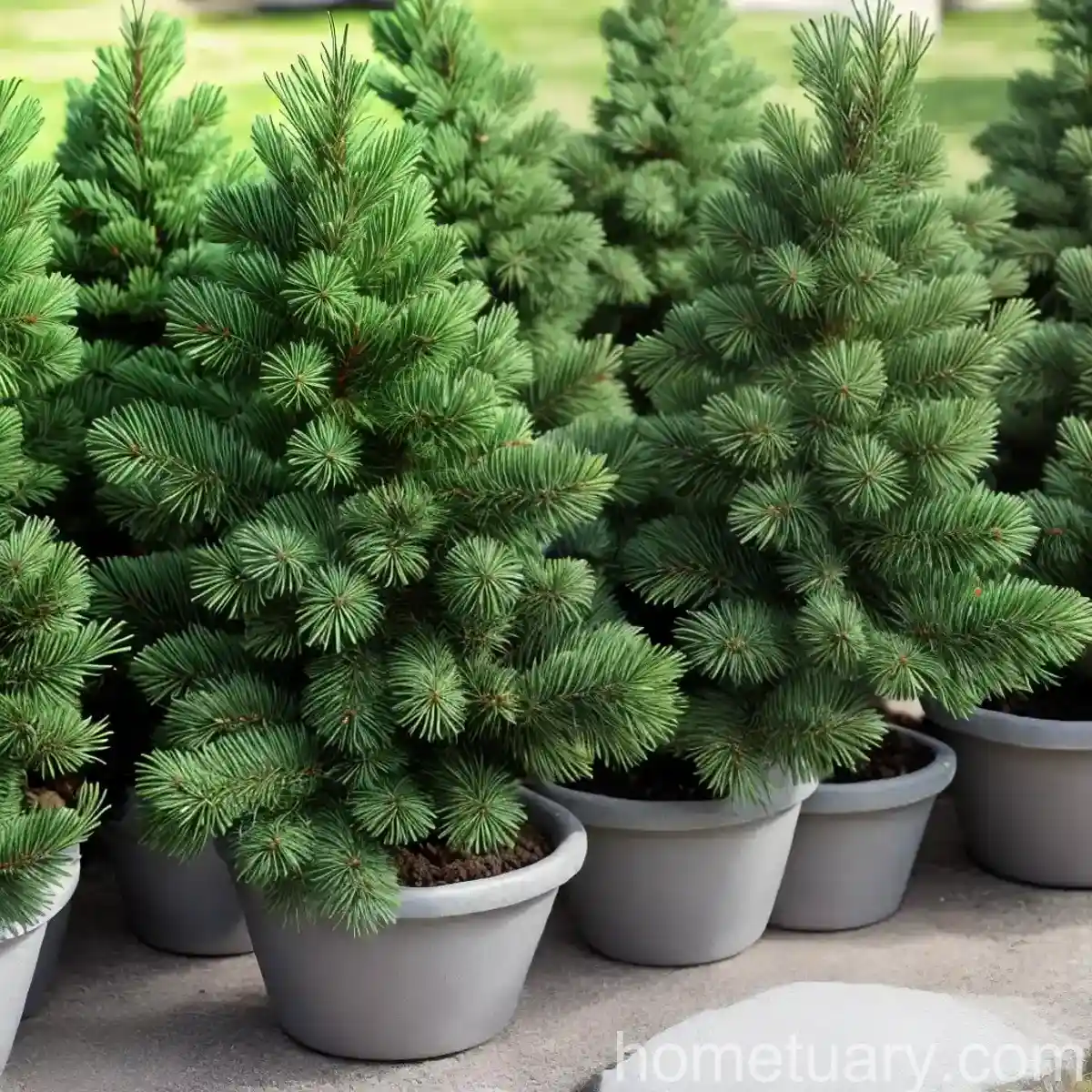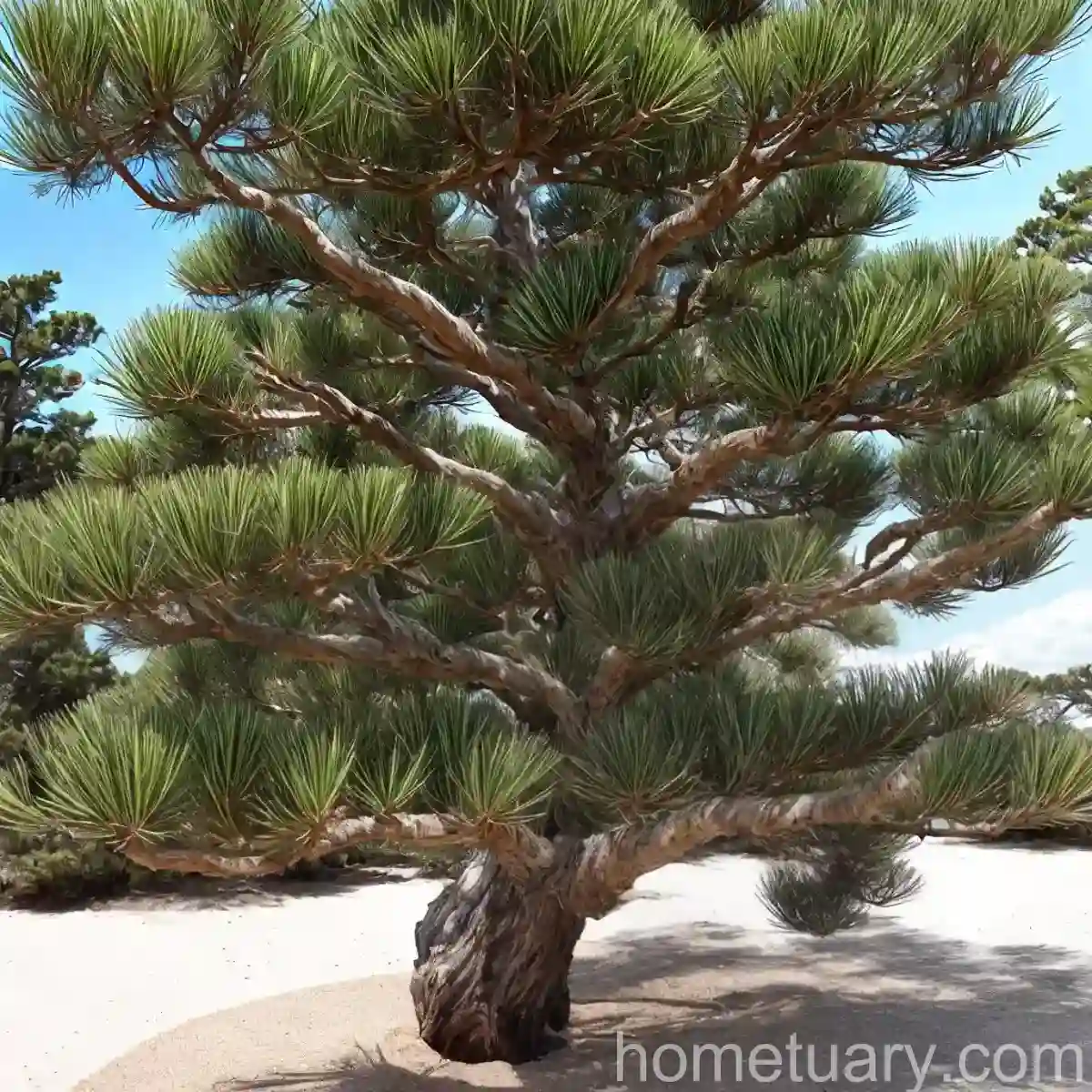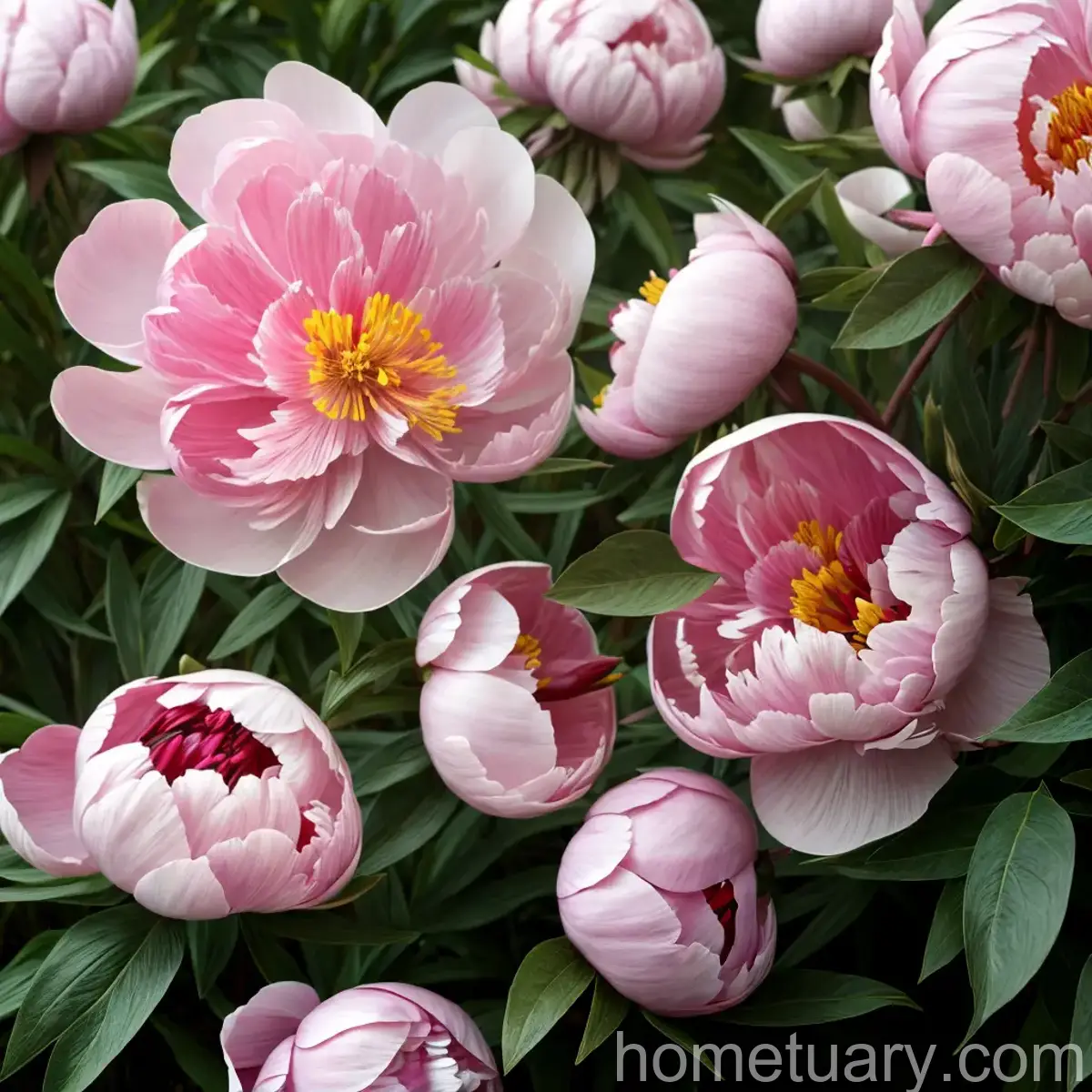The Fascinating World of Purple Granadilla (Passiflora edulis)
From its luscious fruit to its beautiful vine and delicate flowers, the purple granadilla (Passiflora edulis) is a captivating plant with a rich history and a wide range of uses. In this comprehensive guide, we will explore the various aspects of this remarkable species, discussing its cultivation, uses, care, and much more. Whether you want to grow this plant in your own garden, learn about its health benefits, or simply appreciate its ornamental value, this article has something for everyone. Let’s dive into the enchanting world of purple granadilla!
What is the Purple Granadilla (Passiflora edulis)?
The purple granadilla, scientifically known as Passiflora edulis, is a species of passionflower that is prized for its flavorful and aromatic fruit. Belonging to the Passifloraceae family, this climbing vine is native to South America, particularly in regions of Brazil, Paraguay, and northern Argentina. It is also cultivated in various other tropical and subtropical regions around the world.
The plant’s name, Passiflora edulis, is derived from the passion of Christ, with elements of the flower’s structure being seen to symbolize aspects of the crucifixion and resurrection. The species name “edulis” refers to its edible fruit, highlighting the significance of its culinary uses.
Plant Characteristics
The purple granadilla plant exhibits the following key characteristics:
- Vine: This species is a vigorous climber, capable of reaching impressive lengths as it twines its way upward and outward.
- Leaves: The foliage is lush and green, with deeply lobed and often fragrant leaves that add to the plant’s allure.
- Flowers: The flowers are intricate and ornate, often with a unique, exotic appearance that appeals to gardeners and enthusiasts.
- Fruit: The fruit is a major highlight, with its round to oval shape, smooth purple skin, and flavorful, aromatic pulp filled with numerous seeds.
Key Takeaways – Purple Granadilla (Passiflora edulis)
Cultivation
- Climate Suitability: The purple granadilla thrives in tropical and subtropical climates, where it can bask in the warmth of the sun and receive adequate moisture.
- Sun Exposure: It favors full sun but can tolerate partial shade, making it adaptable to a range of light conditions.
- Soil Requirements: Well-draining, fertile soil is ideal for the plant, ensuring that excess water does not accumulate around the roots.
- Watering Needs: Consistent moisture is crucial for the plant’s growth and fruit production, although it should not be overly waterlogged.
Uses
- Culinary Uses: The fruit is widely used in various culinary applications, including desserts, beverages, and jams, thanks to its delicious flavor and aroma.
- Medicinal Properties: It is renowned for its potential health benefits, with some cultures using the plant for its medicinal properties.
- Ornamental Value: The vine’s beautiful flowers and lush foliage make it a popular choice for ornamental landscaping, adding a touch of exotic elegance to gardens.
Plant Care
- Fertilizer: Regular feeding with a balanced fertilizer can promote healthy growth and fruit development.
- Pruning: Proper pruning helps maintain the plant’s vigor and shape, ensuring that it remains manageable and productive.
- Propagation: The plant can be propagated via seeds or cuttings, offering opportunities for expansion and cultivation.
Common Diseases and Pests
- Disease Prevention: Certain diseases, such as fusarium wilt and root rot, can affect the plant and its fruit, emphasizing the importance of disease prevention and management.
- Pest Management: Pests like aphids, spider mites, and caterpillars may pose a threat to the plant, requiring vigilant pest management practices.
Growing Tips
- Vine Training Techniques: Training the vine along a trellis or support structure can maximize space and enhance the plant’s aesthetic appeal.
- Harvesting Tips: Knowing when and how to harvest the fruit ensures that it is picked at the peak of ripeness, delivering the best flavor and quality.
Purple Granadilla Benefits
The purple granadilla offers a range of benefits, spanning its culinary uses, potential health properties, and decorative appeal.
Health Benefits of Purple Granadilla
The fruit of the purple granadilla has been associated with several potential health benefits, including:
- Rich in Nutrients: It is a good source of essential vitamins and minerals, such as vitamin C, vitamin A, and potassium, contributing to overall health and well-being.
- Antioxidant Properties: The fruit is rich in antioxidants, which play a role in protecting the body from oxidative stress and related conditions.
- Digestive Health: The fiber content of the fruit may contribute to digestive health, aiding in digestion and promoting regularity.
Culinary and Medicinal Uses
In addition to its health benefits, the purple granadilla has a strong presence in culinary and medicinal applications:
- Culinary Versatility: The fruit’s sweet yet tangy flavor makes it a popular choice for various culinary creations, including juices, desserts, and sauces.
- Medicinal Traditions: In certain traditional medicine systems, parts of the plant are used for their potential medicinal properties, often as remedies for specific ailments.
Cultivation Tips for Purple Granadilla (Passiflora edulis)
Cultivating the purple granadilla successfully requires careful attention to its specific needs and preferences. Let’s delve into the essential aspects of caring for this exceptional plant.
Water
Maintaining proper moisture levels is critical to the purple granadilla’s growth and fruiting. Consider the following watering guidelines:
- Consistent Moisture: The plant benefits from consistent, even moisture, particularly during the growing season and when the fruit is developing.
- Avoid Waterlogging: While the plant needs moisture, it is essential to prevent waterlogging, which can lead to root rot and other issues.
Sunlight
The purple granadilla thrives in sunny conditions, but it can also tolerate some shade. Understanding its sunlight requirements is essential for optimal growth:
- Full Sun: Given the opportunity, the plant will flourish in full sun, allowing it to photosynthesize efficiently and produce abundant fruit.
- Partial Shade: If full sun is not available, partial shade can suffice, although it may impact the plant’s fruiting and overall vitality to some extent.
Fertilizer
Feeding the purple granadilla with a balanced fertilizer supports its growth, flowering, and fruit production:
- Slow-Release Fertilizer: Consider using a slow-release fertilizer with balanced nutrients to ensure steady nourishment for the plant.
- Application Frequency: Apply fertilizer according to the manufacturer’s guidelines, adjusting based on the plant’s response and specific growing conditions.
Soil
The soil composition and quality significantly influence the plant’s health and productivity. Attend to the following soil considerations:
- Well-Draining Soil: Choose soil that is well-draining to prevent waterlogging, ensuring that excess moisture does not compromise the plant’s roots.
- Fertile Medium: Opt for fertile soil rich in organic matter, providing the plant with essential nutrients and a conducive growing environment.
Pruning Purple Granadilla (Passiflora edulis)
Pruning is an important aspect of purple granadilla care, helping shape the plant, control its growth, and support its overall well-being.
Pruning Techniques
The following pruning techniques are beneficial for maintaining the purple granadilla:
- Regular Pruning: Perform regular maintenance pruning to remove dead or damaged growth, promoting overall plant health.
- Size Control: Use pruning to manage the plant’s size and spread, ensuring that it remains within the available space while still producing fruit.
Timing
Pruning should be conducted at specific times to minimize stress on the plant and maximize its response:
- Late Winter or Early Spring: Conduct major pruning during late winter or early spring, before the growing season begins, to encourage new growth and fruiting.
Propagation Methods for Purple Granadilla (Passiflora edulis)
If you wish to expand your purple granadilla collection or share this delightful plant with others, propagation methods offer effective means of reproductive success.
Seed Propagation
Growing the purple granadilla from seeds presents a rewarding and informative experience:
- Seed Collection: Gather mature seeds from ripe fruit, ensuring they are clean and free from damage before sowing.
- Sowing Process: Plant the seeds in a suitable growing medium, providing warmth, moisture, and light to support germination and early seedling growth.
Cutting Propagation
Using cuttings is another viable approach to propagating the purple granadilla:
- Cutting Preparation: Select healthy, well-established stems for taking cuttings, ensuring they exhibit strong growth and vitality.
- Rooting Process: Prepare the cuttings for rooting in a suitable medium, supporting their development into independent, self-sustaining plants.
Common Diseases of Purple Granadilla (Passiflora edulis)
The purple granadilla can be susceptible to various diseases that may impact its overall health and fruit production.
Disease Diagnosis and Prevention
Vigilance and proactive measures are vital for managing potential diseases affecting the purple granadilla:
- Fusarium Wilt: Watch for signs of wilting, yellowing, or stunted growth, which may indicate the presence of fusarium wilt, a soilborne disease.
- Root Rot: Prevent root rot by ensuring proper drainage and avoiding overwatering, as soggy conditions can lead to root damage and decay.
Common Pests Affecting Purple Granadilla (Passiflora edulis)
Pests can pose a threat to the purple granadilla’s well-being, potentially affecting its growth and fruiting.
Pest Management
When addressing pest issues, consider the following strategies for effective pest management:
- Aphids and Spider Mites: Monitor for aphids and spider mites, which may colonize the plant and cause damage, using appropriate control measures if necessary.
- Caterpillars: Keep an eye out for caterpillars that may feed on the foliage and fruit, employing proactive measures to prevent significant damage.
Botanist’s Tips for Purple Granadilla (Passiflora edulis)
From an expert botanist’s perspective, several valuable tips can enhance the successful cultivation and enjoyment of purple granadilla plants.
Vine Maintenance
Practicing effective vine maintenance contributes to the plant’s health and appearance:
- Trellising: Provide sturdy trellises or supports for the vine, guiding its growth and minimizing stress on the plant.
- Training Techniques: Train the vine along the trellis, supporting its upward growth and ensuring an organized, aesthetically pleasing display.
Flower Anatomy
Appreciating the intricate anatomy of the purple granadilla’s flowers can deepen one’s understanding and admiration for the plant:
- Unique Structures: Explore the defining features and structures of the flowers, such as the corona and intricate filaments, appreciating their complexity and beauty.
Pollinator Attraction
Encouraging pollinators to visit the purple granadilla supports fruit production and enhances the surrounding ecosystem:
- Attracting Beneficial Insects: Cultivate flowers and plantings that attract pollinators, ensuring a healthy, vibrant garden environment.
Fun Facts About Purple Granadilla (Passiflora edulis)
Discover a collection of fascinating and intriguing facts about the purple granadilla that showcase its unique attributes and allure.
- The purple granadilla’s flowers are often described as mesmerizing, featuring intricate structures and vibrant colors.
- The fruit’s flavor is a delightful blend of sweetness and tartness, making it ideal for a wide range of culinary applications.
- In some cultures, the purple granadilla is a symbol of passion and vitality, evoking deep emotional and spiritual connections.
Links to External Resources
For further exploration of purple granadilla (Passiflora edulis) and related topics, consider the following reputable resources:
- Royal Horticultural Society (RHS): The RHS provides extensive information on cultivation, care, and identification of plants, including Passiflora edulis.
- Plantwise Knowledge Bank: Access valuable insights into plant diseases, pests, and management strategies to support the health of your purple granadilla plants.
- USDA Plant Hardiness Zone Map: Use the USDA’s zone map to identify the climatic suitability of your region for growing purple granadilla and other plants.
This comprehensive guide to the purple granadilla (Passiflora edulis) encompasses its cultivation, uses, care, and fascinating attributes, offering an enriching exploration of this remarkable species. Whether you seek to nurture these captivating vines in your garden, savor their delectable fruit, or appreciate their ornamental beauty, the world of the purple granadilla awaits with a wealth of possibilities and rewards.






